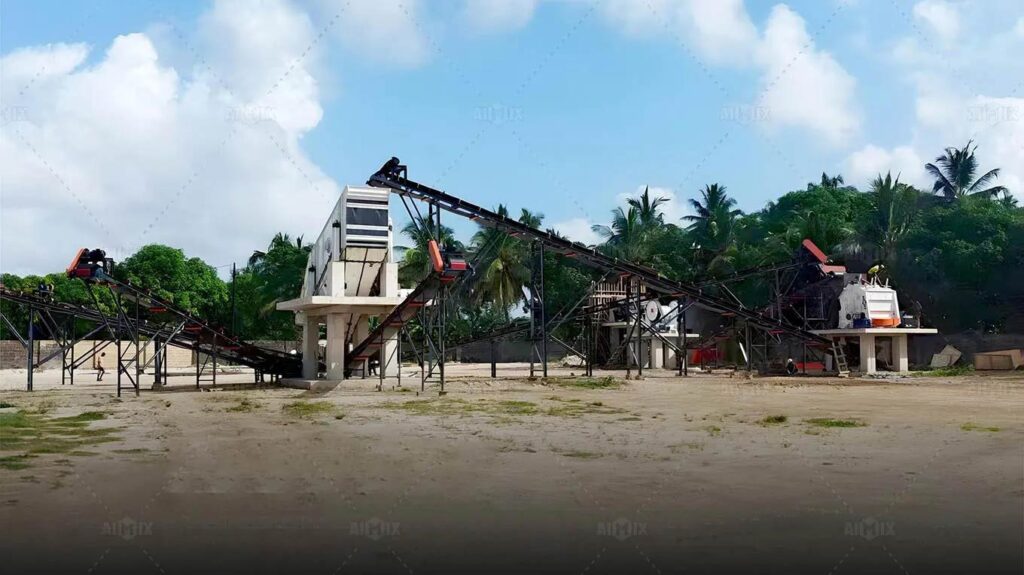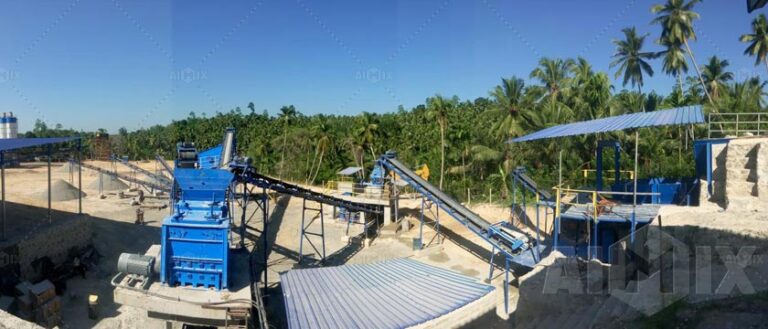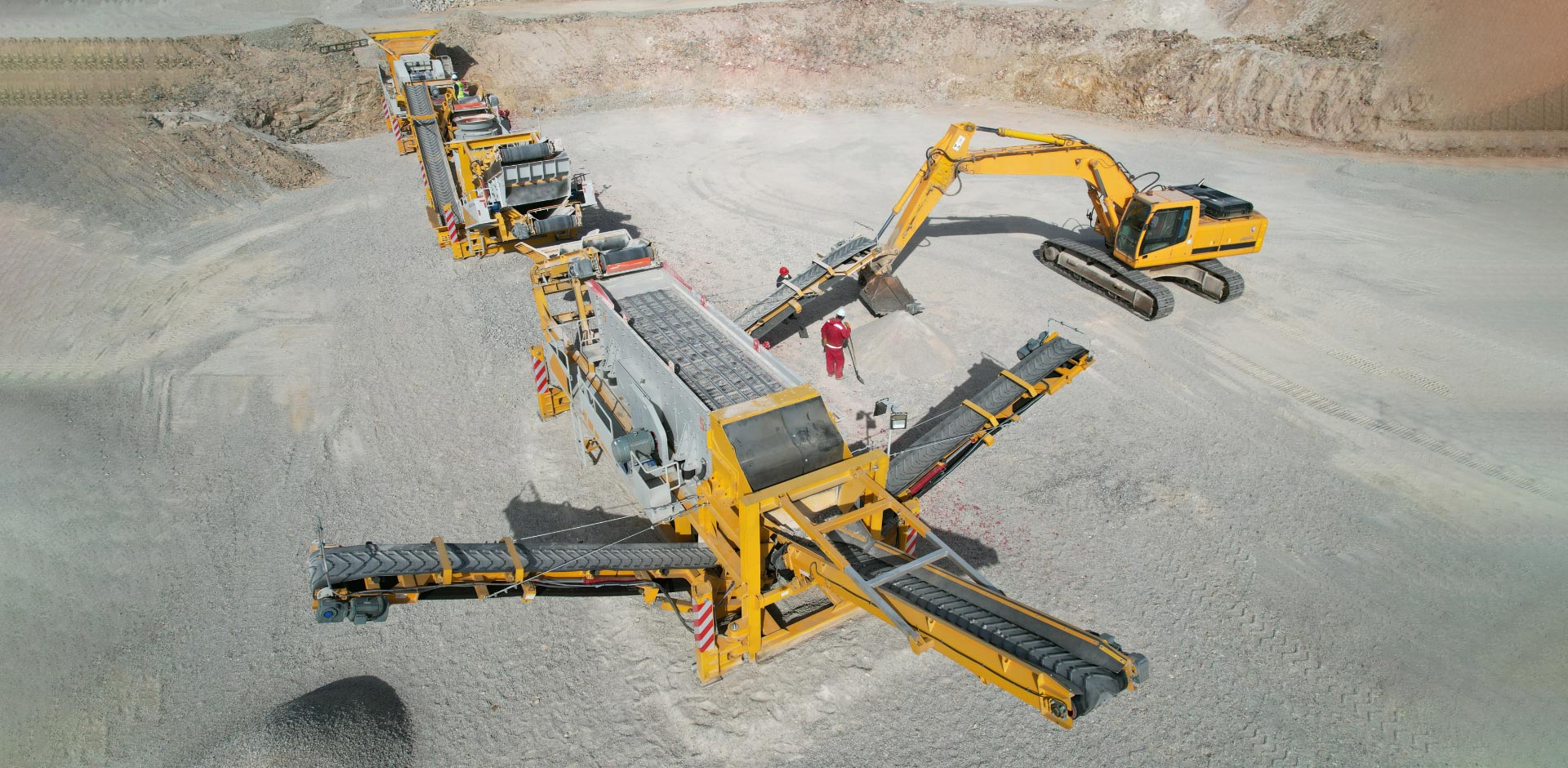The transformation of raw limestone into precisely graded aggregate represents one of civilization’s most fundamental industrial processes—a alchemy of mechanical forces that turns geological formations into building blocks of infrastructure. This metamorphosis requires more than brute force; it demands nuanced understanding of limestone’s unique characteristics, from its variable hardness and abrasiveness to its susceptibility to chemical weathering. The journey from quarry face to construction site involves sophisticated limestone crusher machinery and precise operational protocols.
Successful limestone processing balances fragmentation efficiency with particle shape optimization, creating materials that meet exacting specifications for everything from architectural concrete to road base applications. Each crushing stage must account for the material’s natural cleavage planes and tendency to produce fines when over-processed. The following examination reveals the sophisticated machinery and methodologies that transform bulk limestone into the engineered aggregates that underpin modern construction.
Primary Reduction: The Initial Size Reduction Phase
Jaw Crusher Configuration for Soft Rock
Limestone’s relatively low compressive strength (typically 30-250 MPa) permits use of jaw crushers with higher eccentric throw and faster toggle cycles than those used for harder rocks. The crushing chamber geometry is optimized to leverage limestone’s natural bedding planes, creating a shearing action that reduces wasteful energy consumption. Modern units feature hydraulic adjustment systems that compensate for wear without stopping production, maintaining consistent product gradation throughout liner lifecycles.

Feed Control and Optimization
Proper primary crushing begins before material enters the crusher. Vibrating grizzly feeders with adjustable stroke and frequency separate sub-100mm material directly to secondary circuits, preventing chamber overcrowding. Laser-based level sensors in the crushing chamber provide real-time data to automated feed control systems, optimizing throughput while preventing choke conditions that accelerate wear and increase energy consumption by up to 40%.
Impact Crusher Alternative Applications
For limestone with higher silica content or greater abrasiveness, primary impact crushers offer superior reduction ratios in a single pass. Their hammer configurations—from martensitic steel for standard processing to ceramic composites for highly abrasive material—create intense impact forces that exploit limestone’s natural fracture patterns. These units particularly excel when processing weathered limestone containing clay seams, as their impact action helps disaggregate contaminating materials.
Secondary and Tertiary Processing: Refining Particle Geometry
Cone Crusher Selection Criteria
Secondary cone crushers for limestone employ specially designed crushing chambers with steeper head angles and longer parallel zones. This configuration produces the desirable cubical particles demanded by concrete and asphalt producers while minimizing the generation of problematic flaky or elongated particles. The advent of hybrid crushers that combine impact and compression crushing principles has further improved particle shape control without sacrificing throughput capacity.
Closed-Circuit Configuration Benefits
Modern limestone crushing operations universally employ closed-circuit secondary and tertiary stages with high-efficiency screens. This configuration returns oversized material for further reduction while removing specification product at each opportunity. The resulting efficiency gains are substantial—closed-circuit operations typically achieve 25-40% higher throughput than open-circuit configurations while producing more consistent gradation with fewer undesirable fines.

Vertical Shaft Impactors for Final Shaping
For premium applications requiring exceptional particle shape and surface texture, vertical shaft impactors serve as the final processing stage. Their unique rock-on-rock crushing action creates aggregates with optimal angularity and surface roughness—properties that enhance binding in asphalt and concrete matrices. Advanced VSI models feature adjustable rotor speeds and cascade flow controls that fine-tune particle characteristics without changing physical components.
Specialized Considerations for Limestone Processing
Moisture and Clay Content Management
Limestone deposits frequently contain variable moisture levels and clay intrusions that challenge conventional crushing systems. Modern processing plants address this through several strategies: pre-screening with specially designed rubber-media scrubbers, aggregate crusher chamber designs that incorporate self-cleaning features, and strategic placement of impact crushers that better handle sticky material. These approaches prevent material buildup that can reduce capacity by up to 50% in challenging conditions.
Dust Suppression and Environmental Controls
Limestone’s tendency to generate dust during processing demands sophisticated suppression systems. Modern operations employ atomized mist systems that deliver water droplets sized to match dust particles, achieving 95% suppression efficiency while adding less than 1% moisture to the product. For sensitive locations, completely enclosed crushing circuits with negative-pressure dust collection systems meet the most stringent environmental standards without compromising operational efficiency.
Product Diversification Strategies
Advanced limestone operations maximize value through product diversification. Modern classification systems separate material into multiple product lines simultaneously: coarse aggregates for drainage applications, precisely sized chips for asphalt surfaces, and manufactured sand for concrete production. This approach transforms what was once waste fines into premium products, increasing overall plant profitability by 15-25% while reducing environmental impact through minimized waste.
The art and science of limestone crushing has evolved far beyond simple size reduction. Today’s operations represent sophisticated manufacturing processes that transform variable geological material into precisely engineered products. Through careful crushing plant equipment selection, circuit design, and process control, modern producers meet the exacting demands of contemporary construction while maximizing resource utilization and minimizing environmental impact—a testament to industrial innovation serving both economic and ecological objectives.
